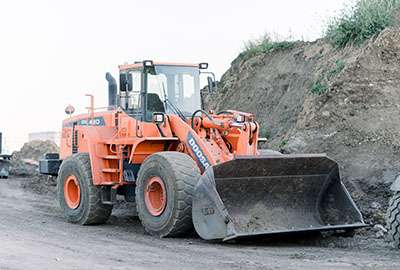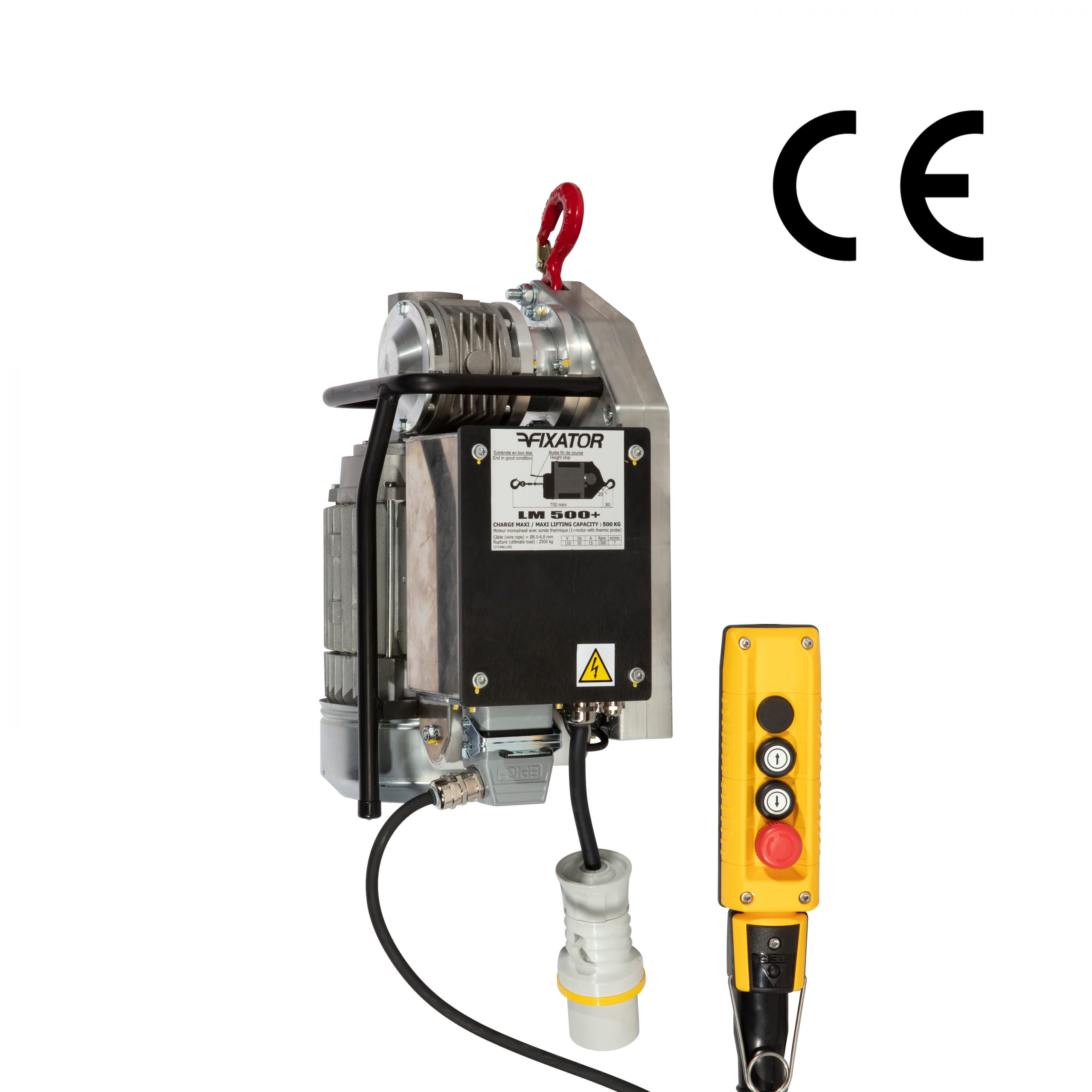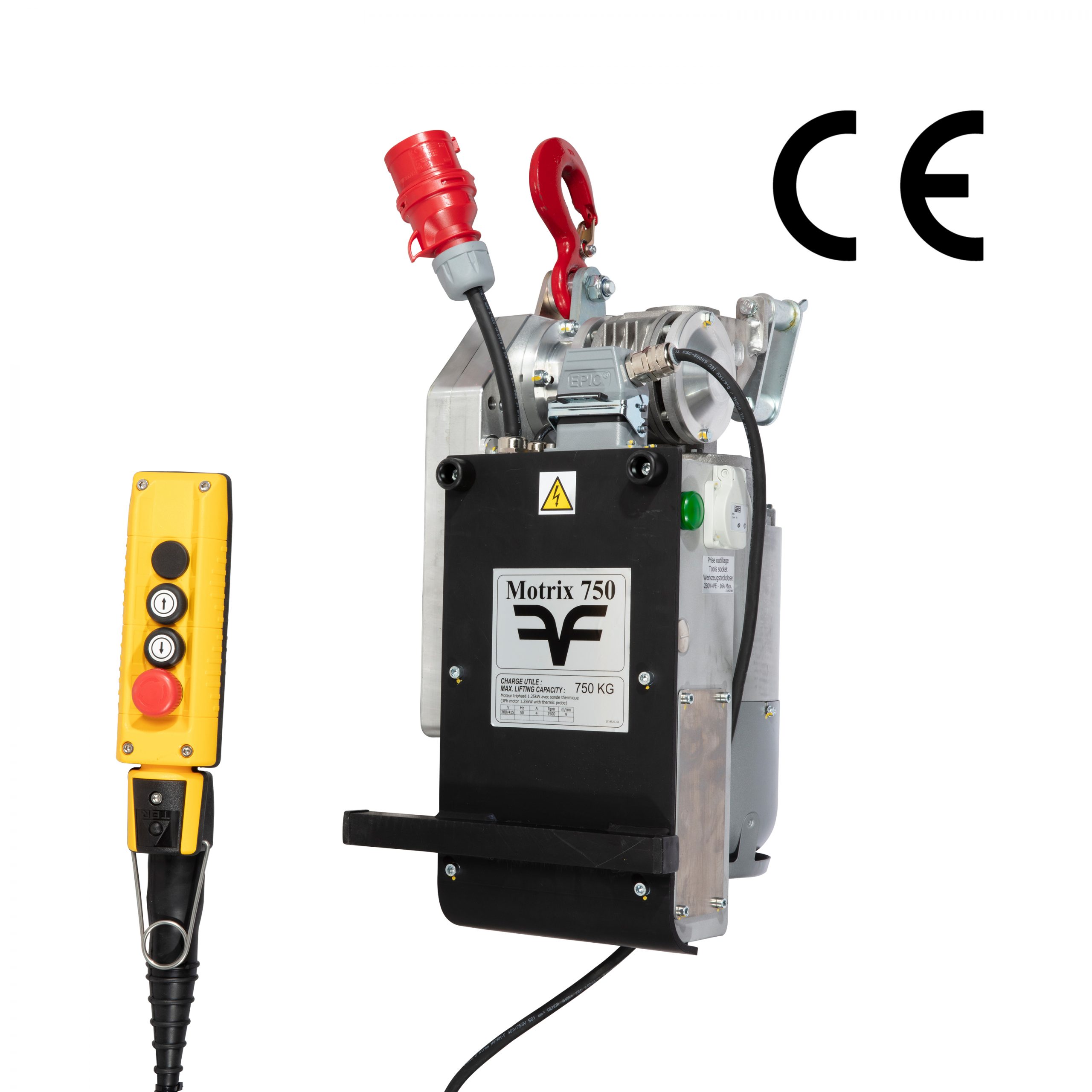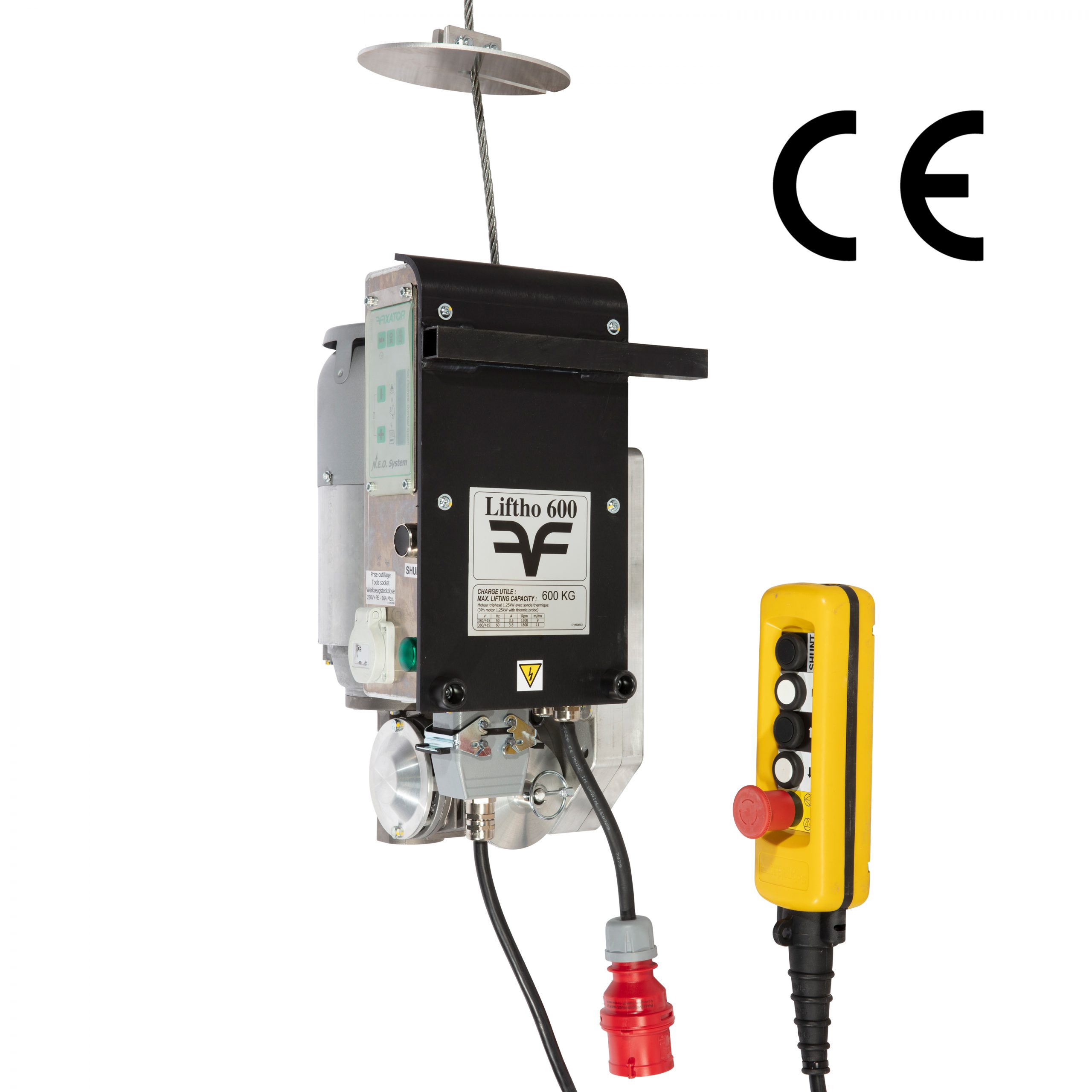Contents
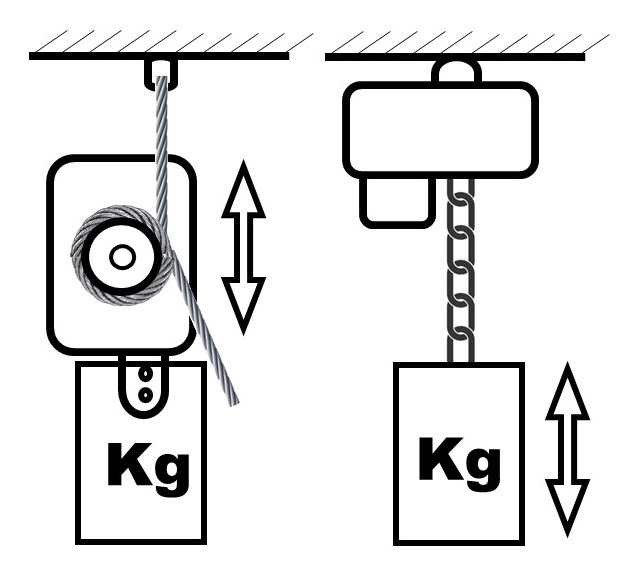
When it comes to choosing between a cable winch and a chain hoist, there are several factors to consider depending on the specific lifting needs.
Cable winches and chain hoists are two types of lifting equipment commonly used in industries and construction sites. Although they are both used to lift and move heavy loads, they differ in their design and operating mechanism.
In this article, we will explore the difference between cable winches and chain hoists, in order to clarify the concept of these products commonly used for lifting needs.
Cable or wire rope winches
Winches are lifting devices that use an adhesion system capable to hold the cable in a groove and which allows lifting or moving loads. They are generally powered by an electric, hydraulic or pneumatic motor. The cable enters the case, passes through a pulley or guide, and exits on the same side in the case of winches for lifting equipment, or on a different side for winches for lifting people to allow the cradles, platforms or bosun chairs to lift not only loads but also operators working at height.
Cable winches are often used in applications where a large and variable cable length is required, as in building or civil engineering. They offer a large lifting capacity and are suitable for loads up to 3 tonnes.
Whether you are a professional in the lifting sector, a site manager or simply someone seeking to understand the differences between these two lifting options, this article aims to clarify the concept of hoist, more commonly used with chains as a means of lifting and pulling loads (vertical movements, sometimes horizontal), and winch, which, for its part, mainly uses steel cables or wire ropes, sometimes even ropes to lift or pull loads (vertical but also horizontal movements). So let’s dive in and explore the world of electric chain hoists and cable electric hoists.



Chain hoists
On the other hand, chain hoists are lifting devices that use a steel chain to lift and move loads. The chain, with an average length of 3m (which can reach lengths of 12m depending on the load lifted) is wound around a nut and operated manually or by an electric motor. Chain hoists are generally more compact than cable winches and are often used in tight spaces.
Why choose cable winches rather than chain hoists?
When it comes to choosing between a cable winch and a chain hoist, there are several factors to consider depending on the specific lifting needs.
Here are some reasons why one might choose a cable winch over a chain hoist:
- Unlimited lifting height and pulling length : Using a cable or wire rope means that the act of lifting can reach almost unlimited working heights/traction lengths. For example, a cable winch makes it possible to reach high heights, as required for construction, renovation, insulation or maintenance works on buildings, or to move loads over a long distance.
- Once you have selected the cable winch that matches your needs in terms of capacity and type of lifting, you will know that it can be used for any lifting height.
3. Versatile Cable winches, sometimes also called hoists, allow, unlike chain hoists, different anchoring possibilities: not only fixing at height, but also on a bearing, anchored to the ground or directly with the load to be lifted in the case lifting equipment. For example, for work that involves lifting personnel, cable winches can also be installed at the head of the cabin, such as the Liftho in elevator shafts or on floors, but also used to lift scaffolding or suspended platforms. cable (e.lift winches installed on the stirrups of platforms, cradles or bosun chairs, or on c-stirrups), but also in false cabins such as the Fixator False Car.
4. The cable winch is, unlike the chain hoist, a fixed or mobile lifting means, while the chain hoist is a fixed lifting device, that is to say it is hung from a suspension point at height, with or without a pulley (allowing the multiplication or duplication of the loads lifted). It can therefore be suspended from a fixed point or attached to a carriage allowing it to move horizontally. Since it does not move with the loads it lifts, the number of possible configurations is greatly reduced.
5. Lifting requirements less than 2 tonnes : Electric cable winches or hoists are generally suitable for low or medium loads (from 500 kg to 2T, see 3T with reeving pulley);
6. Flexibility : Wire rope winches offer greater flexibility in terms of load movement. The cable can be coiled and unwound in a controlled manner, allowing precise positioning of the load. This can be particularly useful in situations where the load must be moved in different directions or angles, through the use of an idler pulley, such as the Fixator UPS2T pulley for lifting materials or people up to 2 tonnes.
7. Speed control : Wire rope winches often provide better control of lifting speed. They are equipped with braking and speed adjustment devices, allowing the operator to lift and lower the load more precisely and safely.

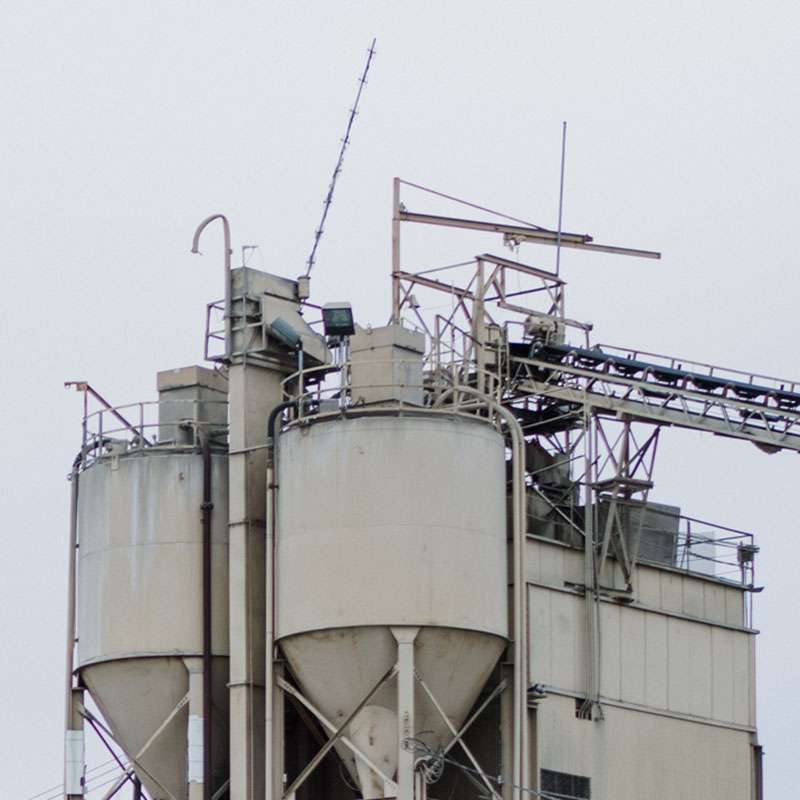
Why choose a Fixator cable hoist?
Whether you need to lift materials on a construction site or building under construction or to lift personnel for one-off or maintenance work on the facade of a building, a Fixator winch or cable hoist will offer you the power and flexibility you need thanks not only to a robust construction and well-thought-out ergonomics, but also to a wide choice of accessories made available to increase profitability, comfort of use, transport, facilitate installation and hanging , etc.
The high quality and reliability design of Fixator winches make them ideal choices for lifting operations.
Additionally, Fixator electric winches can adapt to a variety of situations, making them extremely practical and versatile.
Their robust and reliable design guarantees optimal performance and a long lifespan.
The repairability rate of Fixator winches is also extremely high for more durable products: if you have a Fixator winch to maintain or repair, do not hesitate to let us know so that we can take care of the request or request one of our approved repairers for you, wherever you are, also supported by our subsidiaries in China and the United States.
With trusted brands like Fixator, a French manufacturer since 1924 offering a range of products for access to height of high quality, reliability and safety, you can be assured of choice effective, efficient and above all safe lifting solutions for your various inspection, restructuring, renovation, repair, maintenance, cleaning, insulation, inspection, facade renovation projects, etc.
Discover the Fixator electric winches or hoists now and benefit from a highly efficient and reliable lifting solution.

